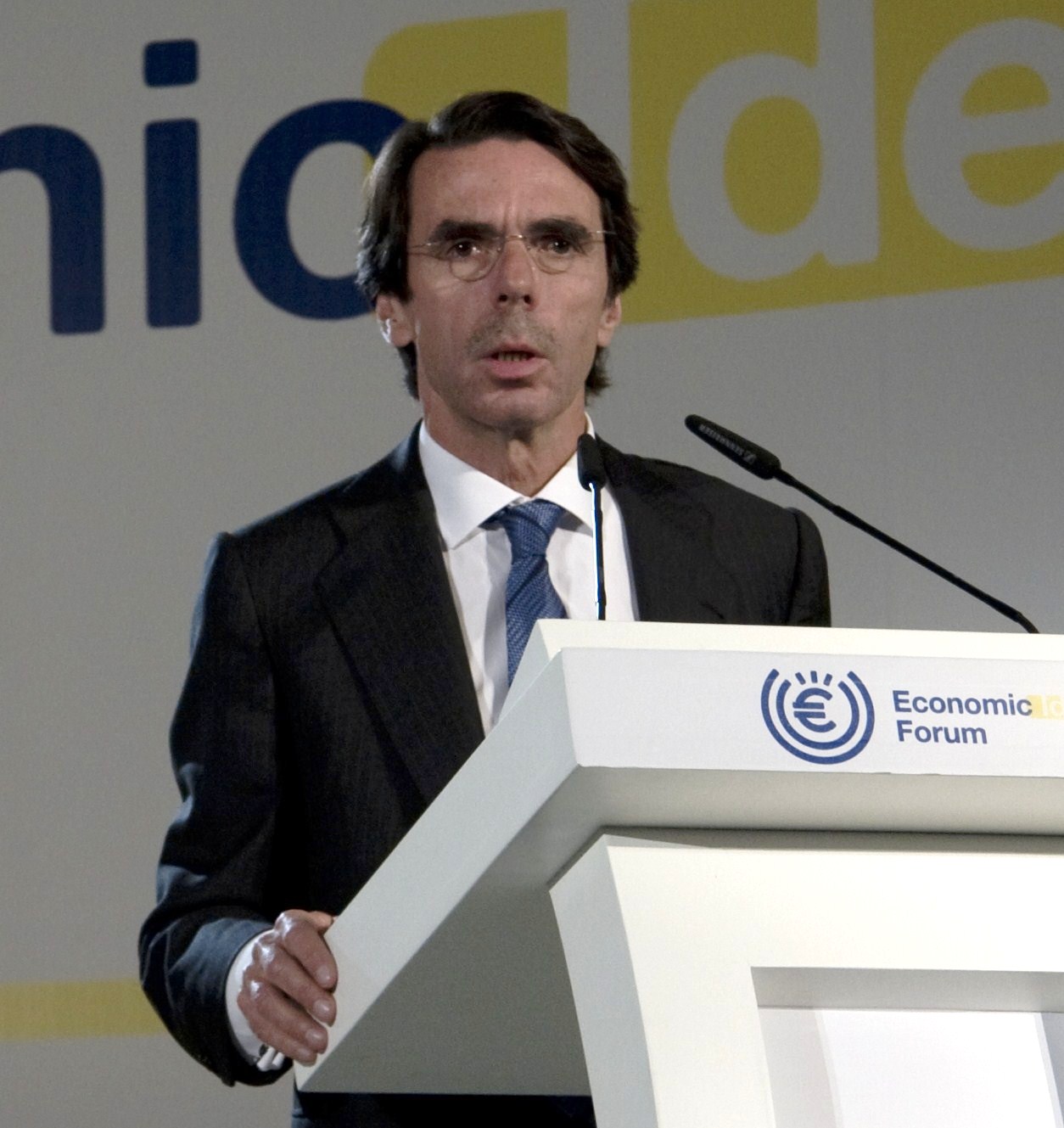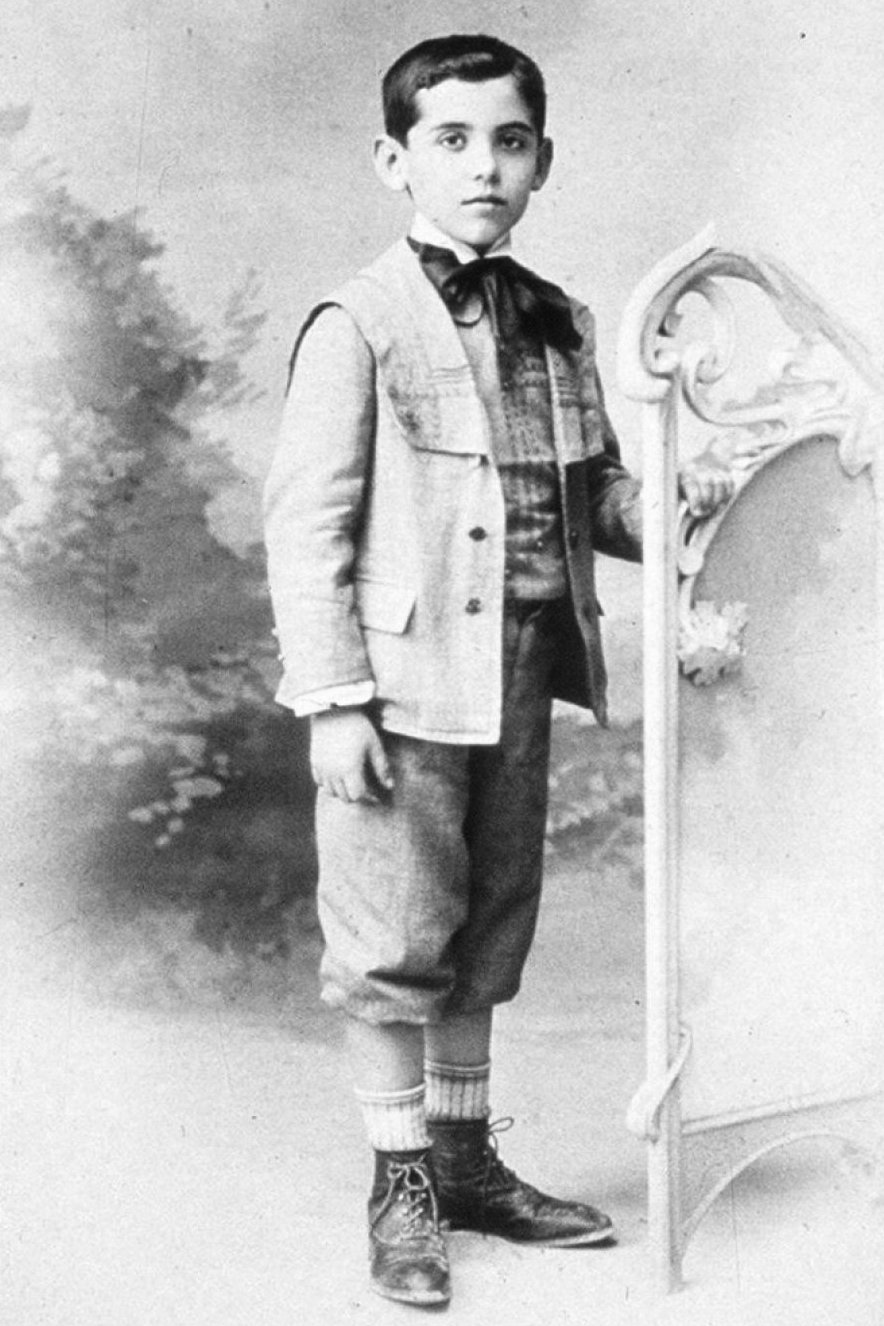|
Manzana De La Rivera
The Manzana de la Rivera is an antique city block transformed into a museum-library-theater-café complex located in Asunción. It has become a cultural symbol of Paraguay. Location Located at Juan de Ayolas 129, Asunción, Paraguay, the architectonic complex is a group of nine restored houses as well as some new construction. It is located in front of the Government House. Its name comes from an old nearby street name, the ''Calle de la Rivera''. History After the change of government in 1989, people wanted to restore a few places in town. In this context, a group of architecture students started the campaign ''Salvemos la Manzana frente al palacio'' which means ''let’s save the city block in front of the government house'', opposing a project that intended to demolish it to build a park in its place. The restoration works started in 1991. Its first director was the architect Carlos Colombino. Houses of la Manzana Viola House The Viola House is a typical colonial ... [...More Info...] [...Related Items...] OR: [Wikipedia] [Google] [Baidu] |
Asunción
Asunción (, , , Guarani: Paraguay) is the capital and the largest city of Paraguay. The city stands on the eastern bank of the Paraguay River, almost at the confluence of this river with the Pilcomayo River. The Paraguay River and the Bay of Asunción in the northwest separate the city from the Occidental Region of Paraguay and from Argentina in the south part of the city. The rest of the city is surrounded by the Central Department. Asunción is one of the oldest cities in South America and the longest continually inhabited area in the Río de la Plata Basin; for this reason it is known as "the Mother of Cities". From Asunción, Spanish colonial expeditions departed to found other cities, including the second foundation of Buenos Aires, that of other important cities such as Villarrica, Corrientes, Santa Fe, Córdoba, Santa Cruz de la Sierra and 65 more. Administratively, the city forms an autonomous capital district, not a part of any department. The metropolitan area ... [...More Info...] [...Related Items...] OR: [Wikipedia] [Google] [Baidu] |
UNESCO
The United Nations Educational, Scientific and Cultural Organization is a specialized agency of the United Nations (UN) aimed at promoting world peace and security through international cooperation in education, arts, sciences and culture. It has 193 member states and 12 associate members, as well as partners in the non-governmental, intergovernmental and private sector. Headquartered at the World Heritage Centre in Paris, France, UNESCO has 53 regional field offices and 199 national commissions that facilitate its global mandate. UNESCO was founded in 1945 as the successor to the League of Nations's International Committee on Intellectual Cooperation.English summary). Its constitution establishes the agency's goals, governing structure, and operating framework. UNESCO's founding mission, which was shaped by the Second World War, is to advance peace, sustainable development and human rights by facilitating collaboration and dialogue among nations. It pursues this objective t ... [...More Info...] [...Related Items...] OR: [Wikipedia] [Google] [Baidu] |
Buildings And Structures In Asunción
A building, or edifice, is an enclosed structure with a roof and walls standing more or less permanently in one place, such as a house or factory (although there's also portable buildings). Buildings come in a variety of sizes, shapes, and functions, and have been adapted throughout history for a wide number of factors, from building materials available, to weather conditions, land prices, ground conditions, specific uses, prestige, and aesthetic reasons. To better understand the term ''building'' compare the list of nonbuilding structures. Buildings serve several societal needs – primarily as shelter from weather, security, living space, privacy, to store belongings, and to comfortably live and work. A building as a shelter represents a physical division of the human habitat (a place of comfort and safety) and the ''outside'' (a place that at times may be harsh and harmful). Ever since the first cave paintings, buildings have also become objects or canvasses of much artistic ... [...More Info...] [...Related Items...] OR: [Wikipedia] [Google] [Baidu] |
Theatres In Paraguay
Theatre or theater is a collaborative form of performing art that uses live performers, usually actors or actresses, to present the experience of a real or imagined event before a live audience in a specific place, often a stage. The performers may communicate this experience to the audience through combinations of gesture, speech, song, music, and dance. Elements of art, such as painted scenery and stagecraft such as lighting are used to enhance the physicality, presence and immediacy of the experience. The specific place of the performance is also named by the word "theatre" as derived from the Ancient Greek θέατρον (théatron, "a place for viewing"), itself from θεάομαι (theáomai, "to see", "to watch", "to observe"). Modern Western theatre comes, in large measure, from the theatre of ancient Greece, from which it borrows technical terminology, classification into genres, and many of its theme (arts), themes, stock characters, and plot elements. Theatre arti ... [...More Info...] [...Related Items...] OR: [Wikipedia] [Google] [Baidu] |
Museums In Paraguay
A museum ( ; plural museums or, rarely, musea) is a building or institution that cares for and displays a collection of artifacts and other objects of artistic, cultural, historical, or scientific importance. Many public museums make these items available for public viewing through exhibits that may be permanent or temporary. The largest museums are located in major cities throughout the world, while thousands of local museums exist in smaller cities, towns, and rural areas. Museums have varying aims, ranging from the conservation and documentation of their collection, serving researchers and specialists, to catering to the general public. The goal of serving researchers is not only scientific, but intended to serve the general public. There are many types of museums, including art museums, natural history museums, science museums, war museums, and children's museums. According to the International Council of Museums (ICOM), there are more than 55,000 museums in 202 countr ... [...More Info...] [...Related Items...] OR: [Wikipedia] [Google] [Baidu] |
José María Aznar
José María Alfredo Aznar López (; born 25 February 1953) is a Spanish politician who was the prime minister of Spain from 1996 to 2004. He led the People's Party (PP), the dominant centre-right political party in Spain. A member of the Frente de Estudiantes Sindicalistas, a dissident Falangist student organisation, in his youth, he studied law at the Complutense University of Madrid and first worked in the public sector as an Inspector of the Finances of the State ( es, Inspector de las Finanzas del Estado). He joined the Popular Alliance, which was re-founded as the People's Party in 1989. He led the Junta of Castile and León from 1987 to 1989 and was Leader of the Opposition at the national level from 1989 to 1996. In 1995, he survived an assassination attempt from the Basque separatist group ETA. The People's Party, led by Aznar, won the most parliamentary seats at the 1996 general election, but he failed to obtain a majority in the Congress of Deputies, which forced ... [...More Info...] [...Related Items...] OR: [Wikipedia] [Google] [Baidu] |
Spain
, image_flag = Bandera de España.svg , image_coat = Escudo de España (mazonado).svg , national_motto = ''Plus ultra'' (Latin)(English: "Further Beyond") , national_anthem = (English: "Royal March") , image_map = , map_caption = , image_map2 = , capital = Madrid , coordinates = , largest_city = Madrid , languages_type = Official language , languages = Spanish language, Spanish , ethnic_groups = , ethnic_groups_year = , ethnic_groups_ref = , religion = , religion_ref = , religion_year = 2020 , demonym = , government_type = Unitary state, Unitary Parliamentary system, parliamentary constitutional monarchy , leader_title1 = Monarchy of Spain, Monarch , leader_name1 = Felipe VI , leader_title2 = Prime Minister of Spain ... [...More Info...] [...Related Items...] OR: [Wikipedia] [Google] [Baidu] |
Federico García Lorca
Federico del Sagrado Corazón de Jesús García Lorca (5 June 1898 – 19 August 1936), known as Federico García Lorca ( ), was a Spanish poet, playwright, and theatre director. García Lorca achieved international recognition as an emblematic member of the Generation of '27, a group consisting mostly of poets who introduced the tenets of European movements (such as symbolism, futurism, and surrealism) into Spanish literature. He initially rose to fame with '' Romancero gitano'' (''Gypsy Ballads'', 1928), a book of poems depicting life in his native Andalusia. His poetry incorporated traditional Andalusian motifs and avant-garde styles. After a sojourn in New York City from 1929 to 1930—documented posthumously in ''Poeta en Nueva York'' (''Poet in New York'', 1942)—-he returned to Spain and wrote his best-known plays, ''Blood Wedding'' (1932), ''Yerma'' (1934), and ''The House of Bernarda Alba'' (1936). García Lorca was gay and suffered from depression after the end ... [...More Info...] [...Related Items...] OR: [Wikipedia] [Google] [Baidu] |
Domingo Martínez De Irala
Domingo Martínez de Irala (; c. 1509 Bergara, Gipuzkoa – c. 1556 Asunción, Paraguay) was a Spanish Basque conquistador. He headed for America in 1535 enrolled in the expedition of Pedro de Mendoza and participated in the founding of Buenos Aires. He explored the Paraná and Paraguay Rivers along with Juan de Ayolas and was commanding the rear-guard when Ayolas' advance party was wiped out by the Payagua Indians. Unique in Spanish America, the colony had been granted by Charles V the right to elect its own commander under such circumstances;Rivarola, Juan Bautista (1952) ''La Ciudad de Asunción y la Cédula Real del 12 Setiembre de 1537: Una Lucha por la Libertad'' (''The City of Asunción and the Royal Decree of 12 September 1537: A Fight for Freedom'') A. G., Impr. Militar, Asunción, Paraguay, , in Spanish and in August 1538, de Irala was elected by the conquistadors as Captain General of the Río de la Plata. In 1539, he began to move the inhabitants of Buenos Aires t ... [...More Info...] [...Related Items...] OR: [Wikipedia] [Google] [Baidu] |
Paraguay
Paraguay (; ), officially the Republic of Paraguay ( es, República del Paraguay, links=no; gn, Tavakuairetã Paraguái, links=si), is a landlocked country in South America. It is bordered by Argentina to the south and southwest, Brazil to the east and northeast, and Bolivia to the northwest. It has a population of seven million, nearly three million of whom live in the capital and largest city of Asunción, and its surrounding metro. Although one of only two landlocked countries in South America (Bolivia is the other), Paraguay has ports on the Paraguay and Paraná rivers that give exit to the Atlantic Ocean, through the Paraná-Paraguay Waterway. Spanish conquistadores arrived in 1524, and in 1537, they established the city of Asunción, the first capital of the Governorate of the Río de la Plata. During the 17th century, Paraguay was the center of Jesuit missions, where the native Guaraní people were converted to Christianity and introduced to European culture. ... [...More Info...] [...Related Items...] OR: [Wikipedia] [Google] [Baidu] |





